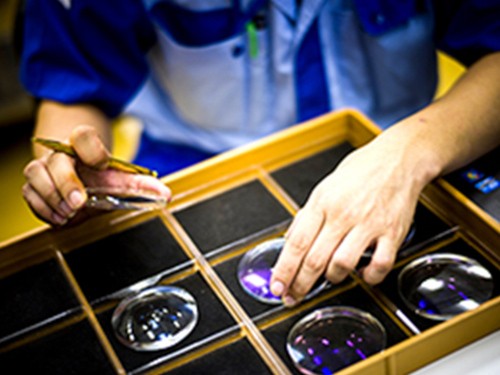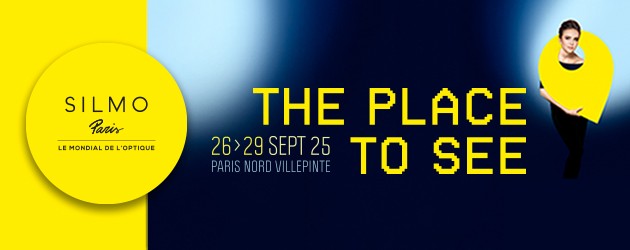Industry News
Study Confirms Effectiveness of Advanced Spectacle Lenses in Slowing Childhood Myopia Progression
 A new study from the French Myopia Cohort has provided compelling real-world evidence that advanced spectacle lenses, Defocus Incorporated Multiple Segments (DIMS) and Highly Aspherical Lenslets (HAL), are effective in slowing the progression of myopia in children. Published in BMJ Open Ophthalmology, the large-scale observational study analysed data from 2,542 myopic children aged 4 to 15 years, collected through 1,500 opticians across France between 2020 and 2023.
A new study from the French Myopia Cohort has provided compelling real-world evidence that advanced spectacle lenses, Defocus Incorporated Multiple Segments (DIMS) and Highly Aspherical Lenslets (HAL), are effective in slowing the progression of myopia in children. Published in BMJ Open Ophthalmology, the large-scale observational study analysed data from 2,542 myopic children aged 4 to 15 years, collected through 1,500 opticians across France between 2020 and 2023.
The main objective of the study was to evaluate the effectiveness of two myopia-reducing lens technologies: DIMS (Miyosmart by Hoya) and HAL (Stellest by Essilor). Children in the study were grouped based on their optical correction: two control groups wore standard single-vision lenses (SVL), while the intervention group wore myopia control spectacles (MCS), either with DIMS (n=1,786) or HAL (n=585) lens designs. Matching techniques were used to ensure comparable groups by age, sex, baseline refractive error, and early myopia progression.
Results showed that children wearing MCS experienced significantly slower myopia progression compared to those wearing SVL. The difference in progression was +0.59 diopters (D) in favor of MCS after the initial matching, and +0.30 D after adjusting for six-month progression data. Both differences were statistically significant (p<0.001). These findings confirm that both DIMS and HAL lenses are effective in everyday clinical use, not just under controlled trial conditions.
While both lens designs reduced myopia progression, HAL lenses showed a statistically significant, though modest, additional benefit over DIMS. The difference in progression between HAL and DIMS wearers was +0.14 D (p<0.001), which the researchers note is unlikely to be clinically meaningful.
The study also found that children as young as four years old benefited from these lens designs, reinforcing the value of early intervention in myopia management. However, researchers noted limitations such as the retrospective nature of the study, lack of lifestyle and environmental data, and reliance on spherical equivalent rather than axial length measurements.
For eye care professionals, retailers, and lens manufacturers, the findings offer strong validation of myopia control technologies in real-world optical practice. With childhood myopia rates rising globally, these lenses represent a critical tool in addressing a growing public health challenge. The evidence supports wider clinical adoption of both HAL and DIMS lenses and highlights the importance of early and proactive intervention for young patients at risk of progressive myopia.
The study was conducted with partial funding from Krys Group and includes financial disclosures from several authors affiliated with optical and pharmaceutical companies. Nevertheless, the results have been independently reviewed and published under open-access terms.



